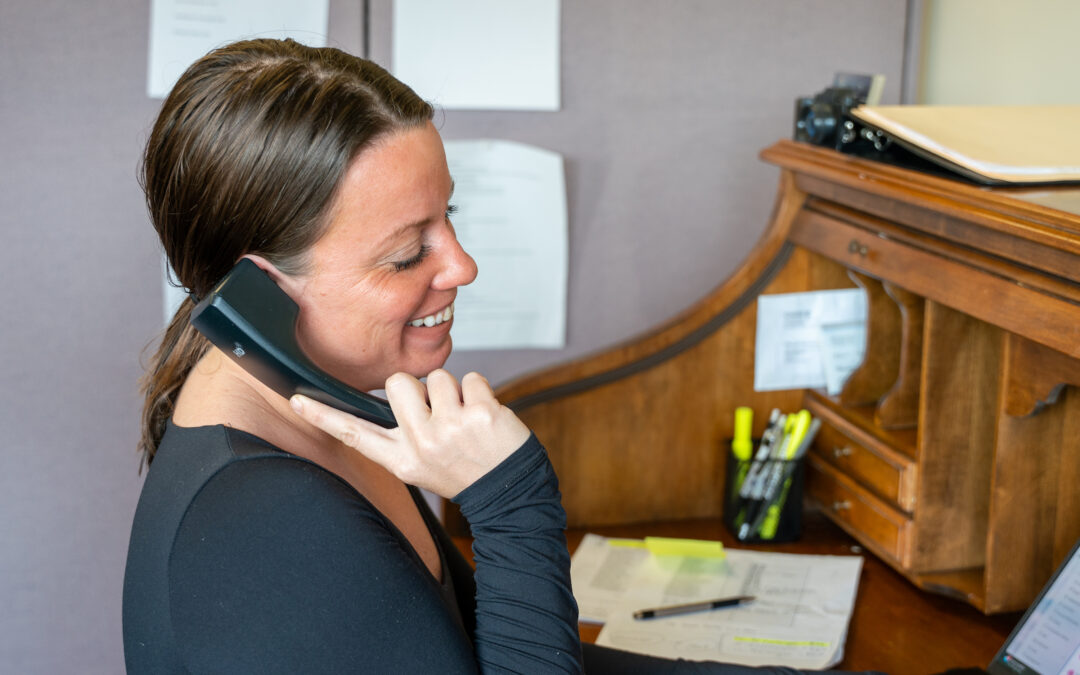Nobody wants to discover they’re sharing their bed with unwelcome guests. Bed bugs are masters of stealth, hiding during the day and emerging at night to feed. The key to preventing a full-blown infestation lies in early detection—catching these pests before they multiply into thousands.
Recognizing bed bug signs early can save you months of frustration, hundreds of dollars in treatment costs, and countless sleepless nights. This comprehensive guide will teach you exactly what to look for, where to search, and how to confirm whether you’re dealing with bed bugs or another pest entirely.
By the end of this post, you’ll have the knowledge to conduct thorough bed bug inspections and take immediate action if needed.
Understanding Bed Bug Behavior
Before diving into detection methods, understanding bed bug behavior helps explain what signs to expect. These nocturnal parasites prefer feeding between 2 AM and 5 AM when their hosts are in deep sleep. They’re attracted to carbon dioxide and body heat, which leads them directly to sleeping humans.
Bed bugs are excellent hitchhikers. They travel on luggage, clothing, used furniture, and even library books. A single pregnant female can start an entire colony, making early detection crucial for containment.
Adult bed bugs are about the size of an apple seed—roughly 4-5mm long. They’re oval-shaped and brown, turning reddish after feeding. Nymphs (baby bed bugs) are smaller and lighter in color, making them harder to spot.
Visual Signs of Bed Bug Infestation
Live Bugs
Spotting live bed bugs provides definitive proof of infestation. Check these prime locations during daylight hours when bugs are hiding:
Mattress seams and box springs: Focus on the head of the bed where bugs cluster closest to their food source. Pull back sheets and examine piping, tags, and corner seams carefully.
Bed frames and headboards: Wooden frames offer numerous hiding spots in joints, screw holes, and cracks. Metal frames provide fewer hiding places but check where the frame connects to the headboard.
Nearby furniture: Nightstands, dressers, and upholstered chairs within 8 feet of the bed often harbor bugs. They rarely travel more than 20 feet from their feeding location.
Use a flashlight or smartphone light for better visibility. Bed bugs freeze when exposed to light, making them easier to spot.
Bed Bug Shells and Eggs
As bed bugs grow, they shed their skin five times before reaching adulthood. These molted shells, called exuviae, are translucent and retain the bug’s shape. Finding shells indicates an active, growing population.
Bed bug eggs appear as tiny white or pearl-colored ovals, roughly 1mm in size—about the size of a pinhead. Females lay 1-5 eggs daily in secluded areas. Look for eggs in mattress seams, furniture joints, and behind picture frames.
Physical Evidence on Your Body
Bite Patterns
Bed bug bites often appear in distinctive patterns that help differentiate them from other insect bites:
Linear arrangements: Bites frequently occur in lines of three to five, earning the nickname “breakfast, lunch, and dinner” bites.
Clustered groups: Multiple bites may appear in small clusters on exposed skin areas.
Timing: Bites typically appear within hours of feeding, though some people show delayed reactions up to several days later.
Not everyone reacts to bed bug bites. Approximately 30% of people show no visible reaction, making bites an unreliable sole indicator of infestation.
Bite Characteristics
Bed bug bites share common characteristics:
- Small, red, itchy welts
- Often appear on arms, shoulders, neck, and face
- May develop into larger welts or blisters in sensitive individuals
- Usually painless initially, becoming itchy later
Remember that bite appearance varies significantly between individuals. Some people develop severe allergic reactions while others show minimal signs.
Stains and Spots to Look For
Blood Stains
Small blood spots on sheets, pillowcases, or pajamas often result from crushing bed bugs while sleeping. These rust-colored stains typically measure 1-3mm and appear near the head of the bed.
Fresh blood stains appear bright red, darkening to brown or rust-colored as they dry. Check sheet corners, pillowcase edges, and areas where your body contacts the mattress most frequently.
Fecal Spots
Bed bug excrement appears as small, dark spots roughly the size of a period (.). These spots consist of digested blood and leave dark stains when crushed or dampened.
Common locations for fecal spots include:
- Mattress seams and piping
- Box spring corners
- Headboard crevices
- Nightstand drawers
- Picture frames near the bed
Fecal spots often cluster around hiding areas and may appear as small ink stains on fabric surfaces.
Rust-Colored Stains
Larger rust-colored stains may appear when bed bugs are crushed after feeding. These stains are larger than fecal spots and have an irregular shape rather than the round appearance of excrement.
Detecting Bed Bug Odors
Established bed bug infestations often produce distinctive odors. A sweet, musty smell resembling overripe raspberries or almonds may indicate a significant population. This odor comes from the bugs’ scent glands and alarm pheromones.
The smell becomes noticeable when populations exceed several hundred bugs. If you detect unusual sweet or musty odors in the bedroom, investigate further for other bed bug signs.
Where to Search for Bed Bugs
Primary Areas
Start your inspection in these high-probability locations:
Mattress and box spring: Remove all bedding and examine every seam, especially at the head of the bed. Check mattress tags, corner protectors, and the underside where the mattress contacts the box spring.
Bed frame and headboard: Disassemble the bed frame if possible to access all hiding spots. Pay special attention to screw holes, joints, and any decorative elements.
Immediately surrounding furniture: Inspect nightstands, particularly drawers and undersides. Check upholstered chairs, curtains, and carpeting within 8 feet of the bed.
Secondary Areas
If you find evidence in primary areas, expand your search to:
Living room furniture: Sofas, recliners, and other upholstered furniture where people spend extended time
Electronics: Alarm clocks, lamps, and phones near the bed provide warm hiding spots
Wall decorations: Picture frames, electrical outlets, and baseboards offer numerous crevices
Clothing storage: Closets, dressers, and laundry hampers near infested areas
Tools for Effective Detection
Essential Equipment
Flashlight or smartphone light: Bright, focused light helps spot bugs in dark crevices
Magnifying glass: Useful for examining suspected eggs or small nymphs
Credit card or putty knife: Helps probe seams and crevices without damaging furniture
White sheet or cloth: Place under areas being inspected to easily spot dark-colored bugs or debris
Ziplock bags: Store any suspected specimens for professional identification
Professional Detection Methods
Bed bug interceptors: These plastic traps fit under bed legs to catch bugs traveling to and from the bed. They’re particularly useful for monitoring and confirming infestations.
CO2 traps: Professional-grade traps use carbon dioxide to attract bed bugs, providing definitive proof of infestation.
Canine detection: Trained dogs can detect bed bugs with 95% accuracy, though this service requires professional pest control companies.
Common Bed Bug Lookalikes
Several insects are frequently mistaken for bed bugs:
Carpet beetles: Smaller and more oval-shaped than bed bugs, with varied coloring including brown, black, and white patterns.
Spider beetles: Round rather than oval, with longer legs that are visible from above.
Bat bugs: Nearly identical to bed bugs but with longer hair fringe around the head. Requires microscopic examination for definitive identification.
Swallow bugs: Similar to bat bugs, associated with bird nests rather than human dwellings.
When in doubt, collect specimens in sealed containers for professional identification.
When to Call Professionals
Contact pest control professionals immediately if you find:
- Live bed bugs or clear evidence of infestation
- Multiple bite reactions among household members
- Signs in multiple rooms or furniture pieces
- Evidence despite previous DIY treatment attempts
Professional inspection costs typically range from $100-300 but can save thousands in treatment costs by confirming infestations early and preventing spread to other areas.
Taking Action After Detection
If you confirm bed bug presence, act quickly:
Contain the infestation: Avoid moving infested items to other rooms. Use plastic bags to seal potentially infested clothing and bedding.
Document evidence: Take photos of bugs, bites, and stains for pest control professionals and potential insurance claims.
Prepare for treatment: Clear clutter from infested rooms and follow professional preparation instructions carefully.
Avoid DIY pesticides: Over-the-counter sprays often scatter bugs to new locations, making professional treatment more difficult and expensive.
Prevention Moving Forward
Early detection works best alongside prevention strategies:
- Inspect hotel rooms before settling in during travel
- Check used furniture carefully before bringing items home
- Use hard-shell luggage when possible and inspect suitcases after trips
- Install bed bug interceptors as ongoing monitoring tools
- Vacuum regularly, paying attention to mattress seams and furniture crevices
Regular monthly inspections using the techniques outlined above help catch new infestations before they establish.
Your Next Steps for Bed Bug-Free Sleep
Effective bed bug detection combines systematic searching, understanding bug behavior, and recognizing multiple types of evidence. Don’t rely on bites alone—many people don’t react to bed bug feeding, and bite patterns can be misleading.
Start with a thorough inspection of your sleeping area using proper lighting and tools. Focus on mattress seams, bed frames, and nearby furniture first. If you find evidence, document it and contact pest control professionals immediately for confirmation and treatment options.
Remember that early detection is your best defense against costly, extensive infestations. Regular monthly inspections take just 15-20 minutes but can save you months of frustration and hundreds of dollars in treatment costs.

